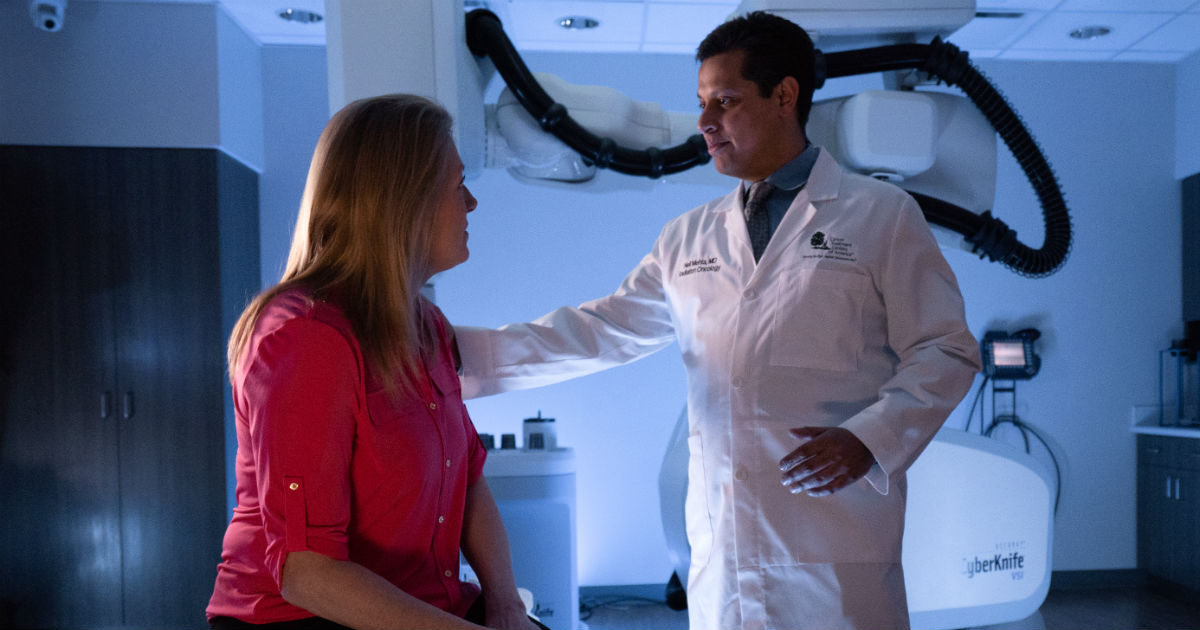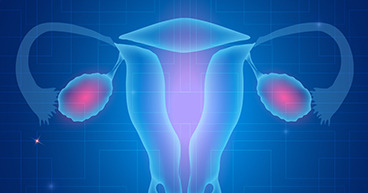
While pain is a common symptom of a woman’s period, it may seem uncommon if you’re having persistent pelvic pain. It might come every month for a few months, then stop. Or you may feel it randomly throughout the month, with no association with your period at all.
What does ovarian cyst pain feel like?
In this age of self-diagnosis, pelvic pain is just a Google search away from a cancer diagnosis. In fact, many young women who experience pain in their lower abdomen may simply have a benign ovarian cyst.
Ovarian cancer is rare during a woman’s childbearing years (most women with ovarian cancer are between ages 55 to 64). But ovarian cysts are quite common, and the symptoms may be similar to those of ovarian cancer:
- Pelvic pain
- Bloating
- Back pain
- Nausea or vomiting
- Pain during sexual activity
- A feeling like gas
- Irregular periods or changes in your cycle
If you have pelvic pain, back pain or pain during sex and you’re concerned you may have an ovarian cyst, it’s important to talk to your doctor. There’s no single type of pain associated with ovarian cysts, and women describe the pain as ranging from dull and achy to sharp and severe. That’s why it’s important to work with your gynecologist to pinpoint the source of your pain.
Ovarian cysts vs. ovarian cancer
It’s important to know about various types of ovarian cysts and understand the symptoms of ovarian cancer. Most women with an ovarian cyst have what’s called a functional cyst, which is associated with their menstrual cycle. These types of cysts develop during or after ovulation, which is when an egg may be released for conception.
- Follicular cysts form before the egg is released. They usually take one to three months to go away on their own.
- Corpus luteum cysts form after the egg is released. These cysts usually go away on their own in a few weeks.
Other types of ovarian cysts include:
- Endometriomas: Women with endometriosis may develop this type of cyst. With endometriosis, tissue that looks and acts like the lining of the uterus grows outside the uterus. Cysts may develop when the tissue attaches to the ovary.
- Cystadenomas: These cysts may be filled with fluid and may become large, causing pain.
- Dermoid cysts: These cysts may be filled with seemingly odd materials such as hair, teeth and other tissues. They also may become large and cause pain.
- Polycystic ovaries: Many cysts form when follicles do not release their eggs on a cyclical basis.
Can ovarian cysts be cancerous?
Most ovarian cysts are benign, but in rare cases, they may be cancerous. If you have an ovarian cyst, your provider will take you through the diagnostic process to evaluate your type of cyst.
A pelvic exam is the first step toward diagnosing ovarian cysts or ovarian cancer. During the exam, your doctor may be able to feel the cyst manually. Either way, your doctor may order an ultrasound to determine the cysts’ size, shape, location and composition before ordering any additional tests, which may involve getting a biopsy. Depending on the results, your doctor will share the next steps, which are typically either watchful waiting or surgery.
Symptoms of ovarian cancer
The symptoms of ovarian cancer, though vague, may be more extensive than those of ovarian cysts. Along with the symptoms shared with ovarian cysts, possible signs of ovarian cancer include:
- Difficulty eating or feeling full quickly
- A feeling of heaviness in the lower abdomen or pelvis
- Constipation and increased gas
- Lack of appetite
- Urinating more frequently
Women shouldn't ignore any symptoms associated with ovarian cancer. If you've experienced any of the above symptoms, pay particular attention to bloating or a swollen belly, difficulty eating or feeling full quickly, as well as pelvic pain or pelvic heaviness. See your gynecologist if these occur every day for more than a few weeks.
Learn more about ovarian cancer diagnosis and detection.


